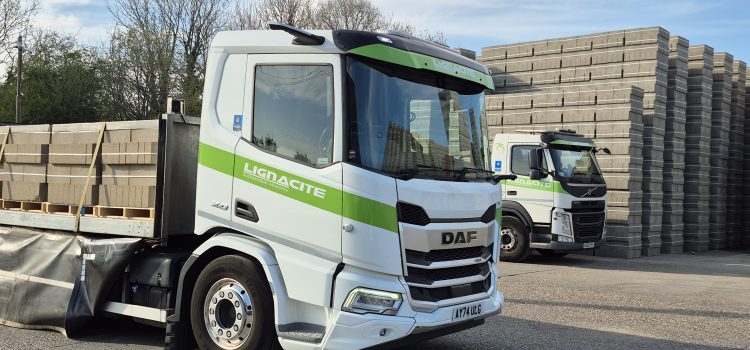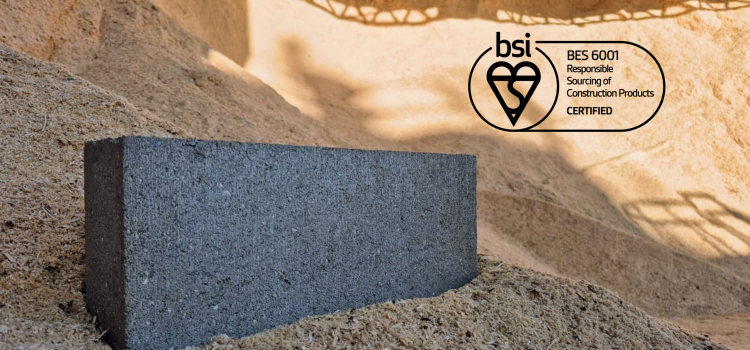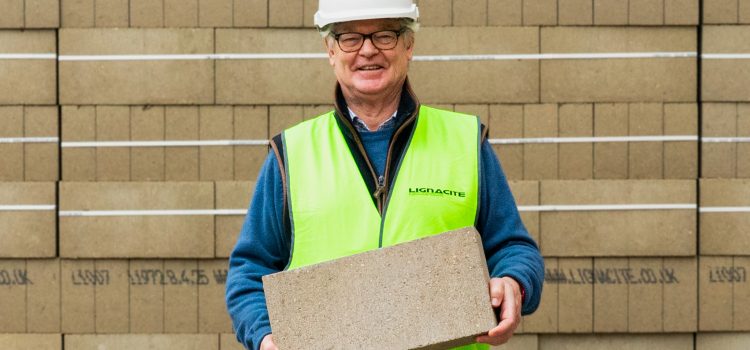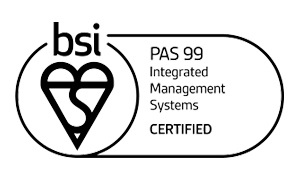Articles
The Green Revolution: Lignacite’s Role in Sustainable Manufacturing for the Construction Industry
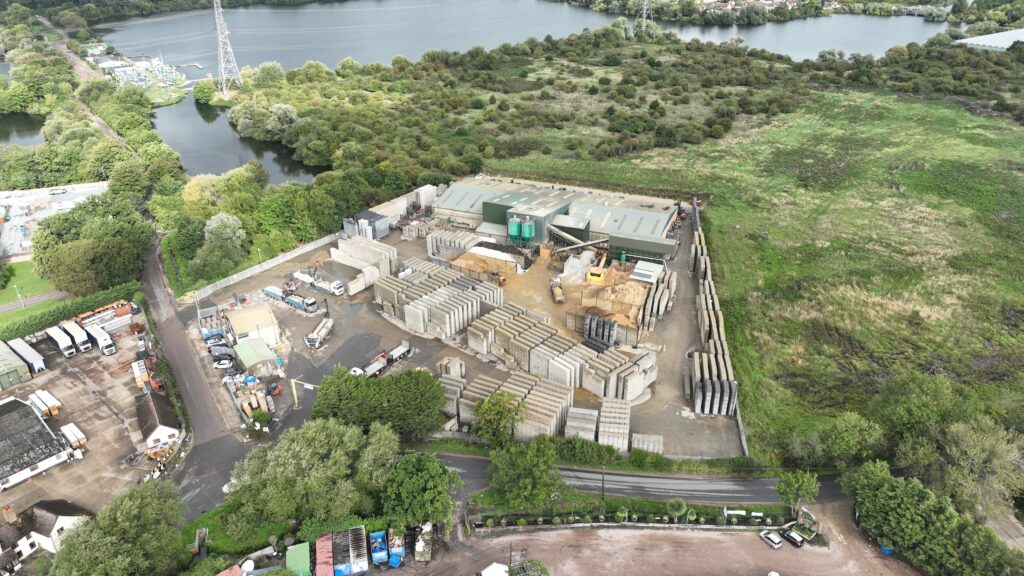
Posted by Nick Franks
How is Lignacite fine-tuning its manufacturing processes to support sustainable construction? Read on to find out.
What is sustainable construction?
Sustainable construction means that you design, build, operate and demolish buildings in an environmentally responsible and efficient way. A truly sustainable building must therefore have its environmental impact managed through each construction phase.
Important sustainable construction practices for construction companies to consider include:
Use of renewable and recyclable materials
For sustainability to be achieved, the materials and natural resources used in construction must be weighed up. This means that sustainable, renewable and/or recyclable materials should be used in buildings wherever possible.
Reducing the embodied energy in building materials
Embodied energy or embodied carbon refers to the impact of all of the emissions linked to a building material during its life cycle. Designers thinking about sustainable construction methods should therefore pick materials that have lower embodied energy before beginning their build.
Reducing the energy consumption of the finished building
A modern, sustainable development should be insulative, conserving heat in the colder months and keeping the interior cool during our increasingly hot summers. This means that future inhabitants can rely less on artificial sources of heating and cooling, which are energy intensive.
Reducing waste
A significant amount of waste can put a dent in the ambitions of any sustainable construction. Reducing waste throughout the construction supply chain is therefore an important consideration in sustainable construction practices.
What is sustainable manufacturing?
Like sustainable construction, sustainable manufacturing tries to minimise its impact on the environment by controlling waste and consumption. This means that environmentally responsible practices must be integrated throughout the whole production process.
Key principles include:
Environmental compliance
Adhering to environmental regulations and achieving relevant certifications and standards is a common practice in sustainable manufacturing.
At Lignacite, for example, we have created a framework of processes that meet the requirements of ISO 14001, the international standard for environmental management. We also hold a certificate for ISO 50001, the global standard for energy management.
Resource efficiency
Sustainable manufacturing focuses on optimising the use of raw materials, water and energy. This includes reducing waste, improving production processes and minimising energy use.
Pollution prevention
The use of cleaner technologies is another important element of sustainable manufacturing. By reducing the amount of pollutants released into the air during production and distribution, sustainable manufacturers can help to minimise the carbon footprint of a finished structure.
Renewable energy
Manufacturing requires significant energy. However, renewable energy sources such as wind, solar and tidal energy are increasingly being used by eco-conscious manufacturers to reduce fossil fuel consumption.
At Brandon, we have installed solar panels to provide us with a source of renewable energy. These panels now provide 12% of our electricity, and we are looking to install more at both of our sites.
The importance of sustainable manufacturing for the construction industry
Buildings can only be as green as the products used to construct them, making the sourcing and production of materials a key factor in sustainable construction. By embracing sustainable manufacturing practices, the construction industry can significantly reduce its environmental footprint.
At Lignacite, we are continually working towards our net zero goal, which we are aiming to reach by 2030. By promoting sustainable manufacturing, we can support more sustainable construction, creating green buildings with fewer emissions and a lower carbon footprint.
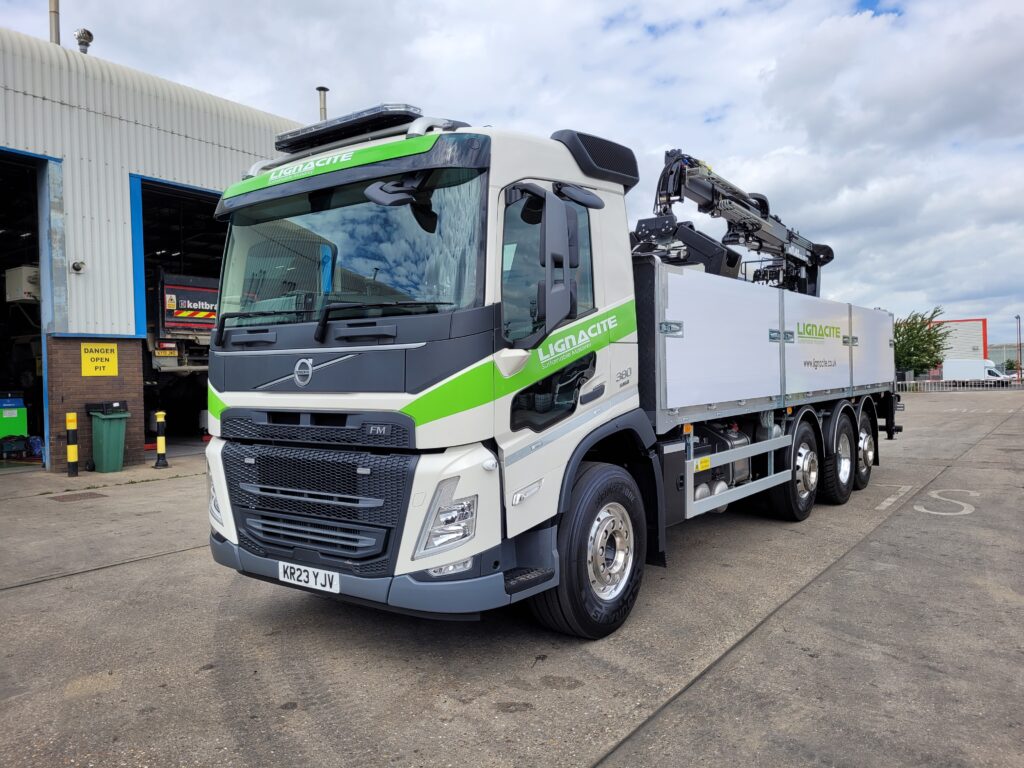
How Lignacite's blocks help to create a sustainable supply chain for the construction industry
At Lignacite, our sustainability initiatives contribute towards a sustainable supply chain for construction.
When it comes to the sustainable materials we use, we have already been making good use of recycled constituents such as wood particles and furnace ash. Where raw materials are needed, we source them responsibly, following the requirements of BES 6001. This means that the method of extraction, origins and social responsibility of our raw materials are borne in mind.
We have also been working to reduce the embodied energy in our blocks by maximising the efficiency of our plants and using greener energy wherever possible. For instance, 12% of the electricity used at our Brandon factory is produced by solar panels, while our on-site plant fleet is fuelled by HVO (hydrotreated vegetable oil). This oil has 90% of the carbon emissions of standard white diesel.
Going forward, we are also looking to reduce the carbon footprint of our delivery vehicles. This will help us to cut the embodied carbon in our blocks even further. We have already increased delivery efficiency by 58.9% in just two years (2020 to 2022), but now we are looking at greener fuel alternatives. Initial trials of using lower carbon fuel are currently underway and look very promising so far.
Our new factory already has efficiency built into it. Power factor correction ensures that the electricity taken is used efficiently, while new inverters run more than 90% of our motors. Smaller mixers, heavily insulated curing chambers and LED lighting enhance productivity and cut consumption even further.
Our products are highly insulative too. For instance, our signature Lignacite range boasts low air permeability, particularly when painted. This gives a structure good air tightness. The thermal mass of our blocks also means that they have the ability to absorb unwanted heat throughout the day before releasing it at night with the help of ventilation. This can contribute towards a building's long-term environmental sustainability.
We have also been focusing on reducing our consumption and increasing our efficiency to help protect our environment.
Our newly improved monitoring systems mean that we have been able to find more situations in which we can recycle our waste. For instance, in 2020 we sent 7,718 tonnes of waste for recycling. In 2022, this stood at 17,638 tonnes.
Find out more about our blocks
To discover more about our sustainable action and sustainability in construction, read our detailed case study or head over to the Sustainability section of our website.
If you’d like to find the right block for sustainable construction projects, get in touch with our team today. Simply call our Quote Line on 01842 778485.
